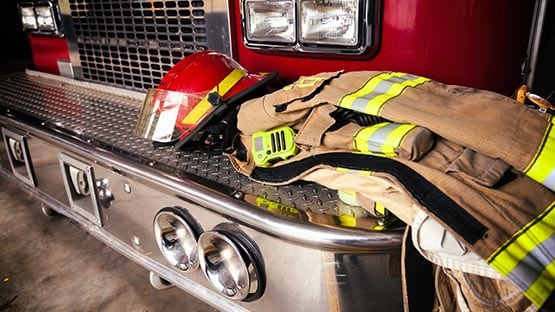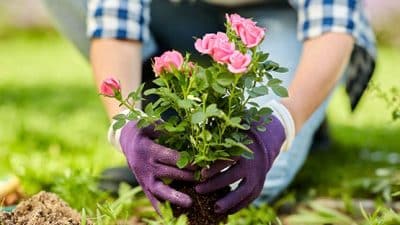
Not moving firewood from one location to another is one of those steps. Travelers such as Gypsy Moth egg cases or Emerald Ash Borer larvae can make the trip with the wood and start infestations in new areas.
While the term “invasive plants, pests and diseases” may not be familiar to every Virginian, the effects of their presence in our state should be of concern to everyone. These organisms, such as the Asian Longhorned Beetle, Emerald Ash Borer, Gypsy Moth, Imported Fire Ants and Thousand Cankers Disease, wreak havoc on the environment, displace or destroy native plants and insects, severely damage crops and close foreign markets to U.S. products from infested areas. They cost industry and governments millions of dollars to control, so one of the best responses is prevention.
Due to increased globalization and international travel, invasive pests often arrive in the country on cargo ships or with returning travelers. Once the invasive pests are here, they can grow and spread rapidly, often because they have no natural predators in this country.
Consumers, travelers and gardeners can take the following steps to help reduce the spread of invasive pests and plants:
- · Don’t move firewood over long distances as it can be a carrier of invasive insects and diseases. Only use firewood that originates from the area where it will be burned.
- · Before leaving a work or recreational site, look for and remove any insects or seeds and other plant parts that might be attached to your equipment, boots, gear, truck bed and tires to make sure you are not spreading invasive pests to a new location.
- · Always declare any plant material brought in from travel abroad.
- · Avoid using invasive plant species in your landscaping and gardening projects.
- · Don’t plant seeds of invasive plants in wildlife food plots.
- · Buy Local. A wide variety of beautiful native plants that thrive in your local environment are available at local nurseries and garden centers.
The earlier invasive species are detected, the easier and cheaper it is to control them. If you suspect you have an invasive pest in your area, contact one or more of the following: a local Virginia Cooperative Extension Service agent at ext.vt.edu/offices/index.html, VDACS’ Office of Plant and Industry Services at 804.786.3515 or USDA’s Animal and Plant Health Inspection Service (APHIS) at www.aphis.usda.gov. Click on “Report a pest or disease.”
More information on invasive plants, pests and diseases can be found on USDA’s Hungry Pests website atwww.hungrypests.com.










